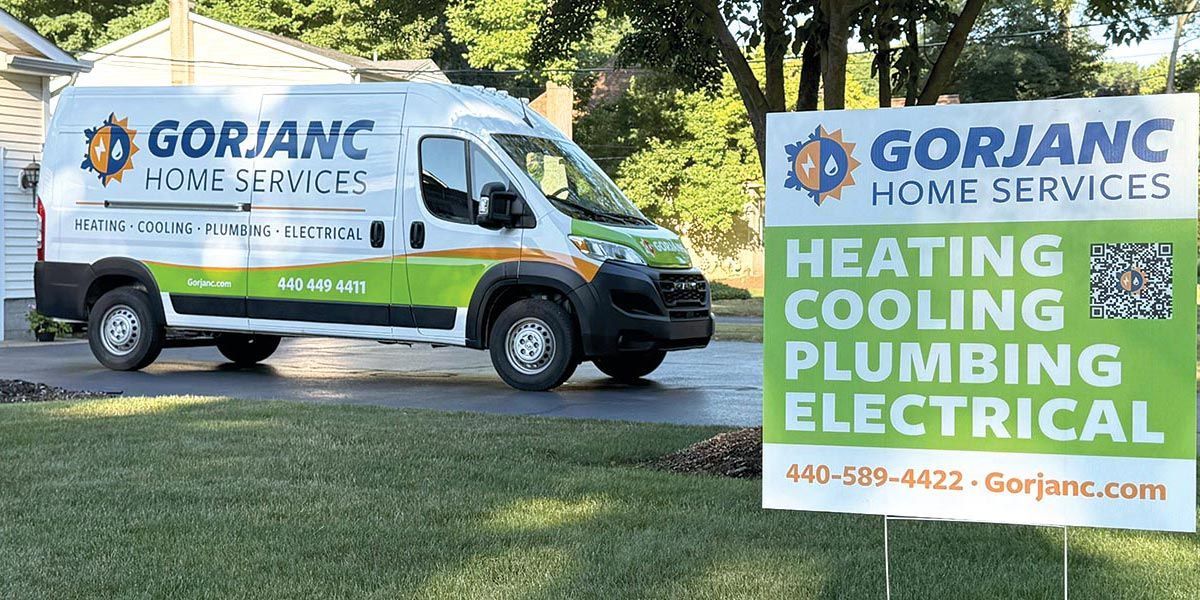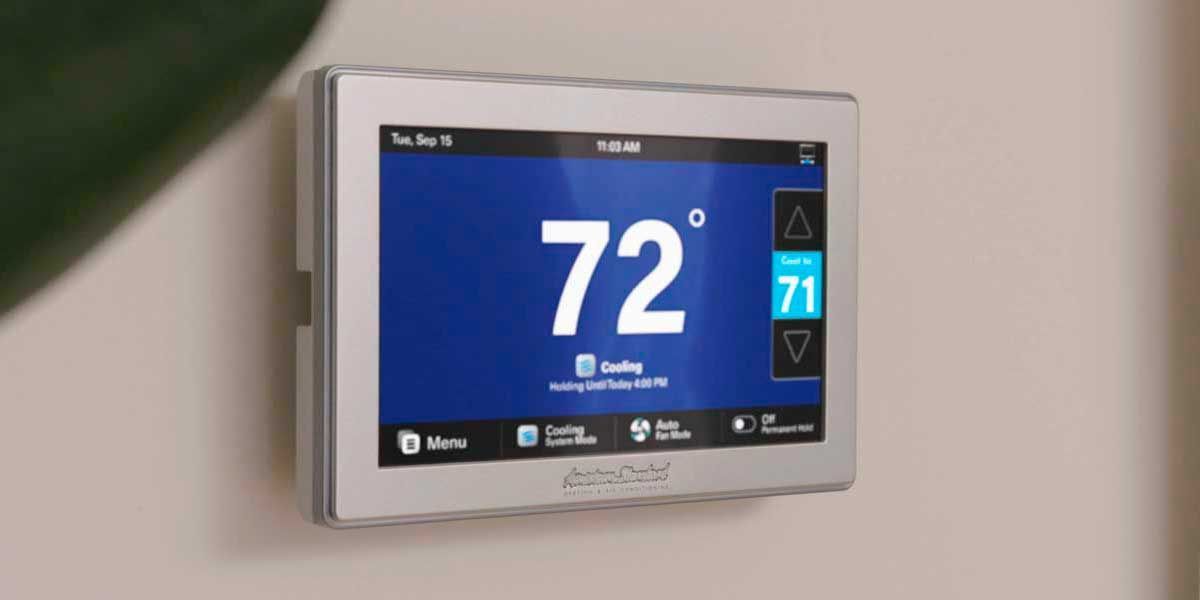Is Your Electrical Service Ready for High-Demand Appliances?
Modern homes increasingly rely on electricity to power various appliances and devices.
From electric stoves and ovens to heat pumps with air handlers, electric dryers, and electric vehicle (EV) chargers, homeowners are demanding more from their electrical systems than ever. But can your current electrical service handle these high-demand appliances?
In this article, we’ll discuss the factors determining your home’s electrical capacity and provide guidance on ensuring your system is up to the task.
Capacity Matters: Understanding Your Home’s Electrical Load
To determine whether your electrical service can handle the additional load of high-demand appliances, it’s essential to understand your home’s electrical capacity. Most residential electrical services range from 100 to 200 amps. Therefore, the total load your system can handle depends on the amperage of your service and the capacity of individual circuits.
To calculate your home’s total electrical load, you’ll need to consider the wattage of each appliance, device, and light fixture. Then, divide the total wattage by your home’s voltage (typically 120 or 240 volts) to determine the total current (in amperes) your home requires. If the total current exceeds the capacity of your electrical service, you may need to upgrade your service panel or add dedicated circuits for high-demand appliances.
Assessing the Compatibility of High-Demand Appliances
Electric Stove/Oven
A typical electric stove and oven combination requires a dedicated 240-volt circuit with 40 to 50 amps capacity. Check your electrical panel to ensure you have a suitable circuit available or room for an additional breaker if needed.
Heat Pump with Air Handler
The electrical requirements for heat pumps depend on the unit’s size, efficiency, and power. Generally, a heat pump system requires a dedicated 240-volt circuit with 20 to 60 amps capacity. Therefore, it’s essential to consult the manufacturer’s specifications for your specific heat pump model to determine the appropriate circuit requirements.
Heat Pump & Air Handler with Emergency Electric Heat
Air handlers with emergency electric heat, also known as auxiliary or backup heat, have separate electrical requirements from heat pumps. The air handler typically requires a dedicated 240-volt circuit with a capacity ranging from 15 to 20 amps. However, depending on the wattage, the emergency electric heat component may need an additional dedicated circuit. Therefore, checking the manufacturer’s documentation for your air handler and emergency electric heat system is crucial to determine the appropriate electrical requirements for both components.
Electric Dryer
An electric dryer typically needs a dedicated 240-volt circuit with a capacity of 30 amps. As with the stove and oven, check your electrical panel to ensure you have the necessary circuit available.
Electric Vehicle (EV) Charger
EV chargers can vary widely in their electrical requirements, depending on the charging speed and the specific model. A Level 2 EV charger typically requires a dedicated 240-volt circuit with a capacity of 20 to 50 amps. Consult the charger’s documentation for the specific requirements of your model.
When to Call a Professional
If you’re unsure about your home’s electrical capacity or need assistance determining whether your electrical service can accommodate high-demand appliances, it’s essential to consult a licensed electrician. At Gorjanc Home Services, our team of skilled electricians is prepared to assess your current system, make necessary upgrades, and ensure that your home is equipped to handle the additional load safely and efficiently.






